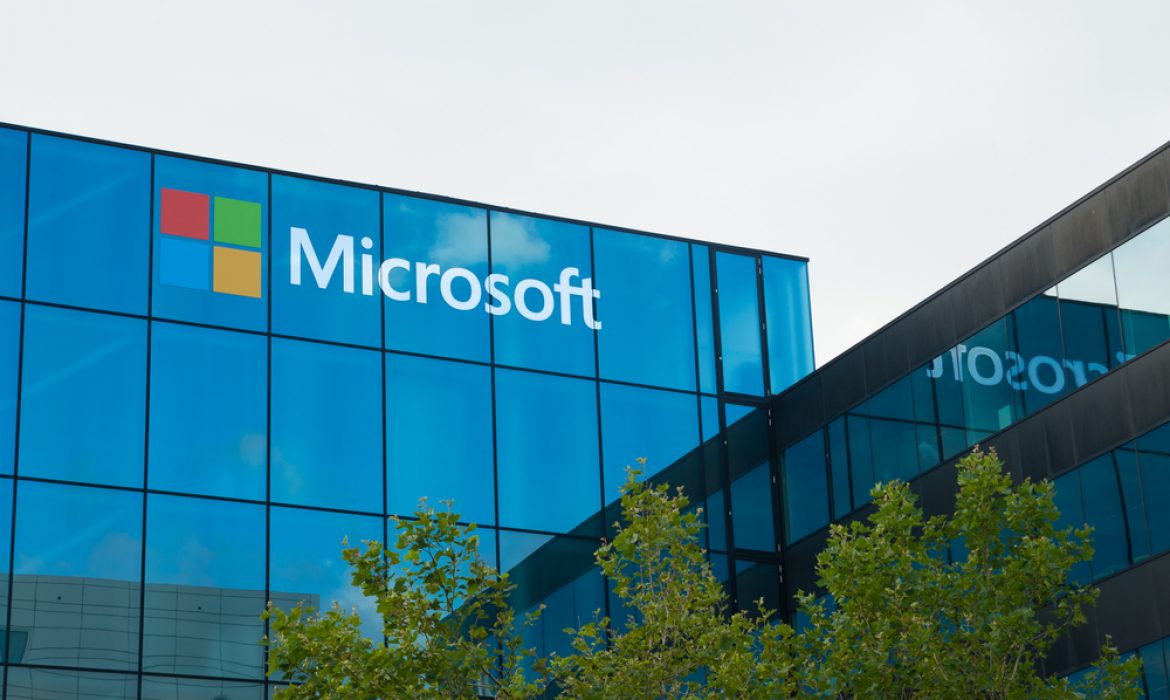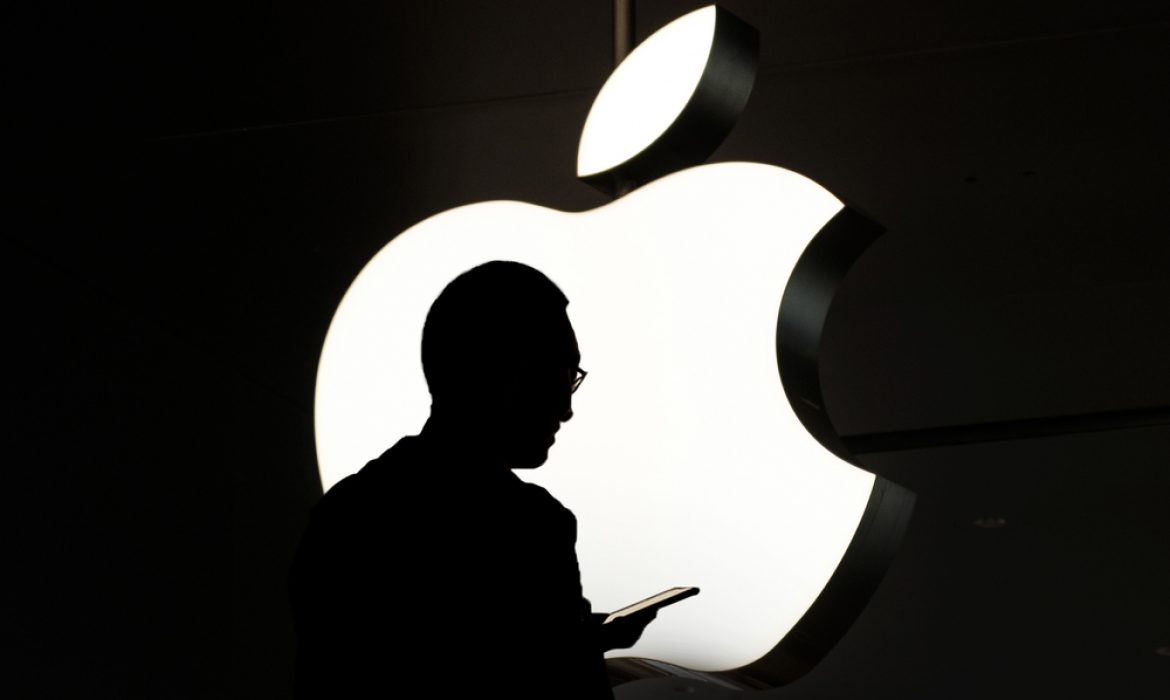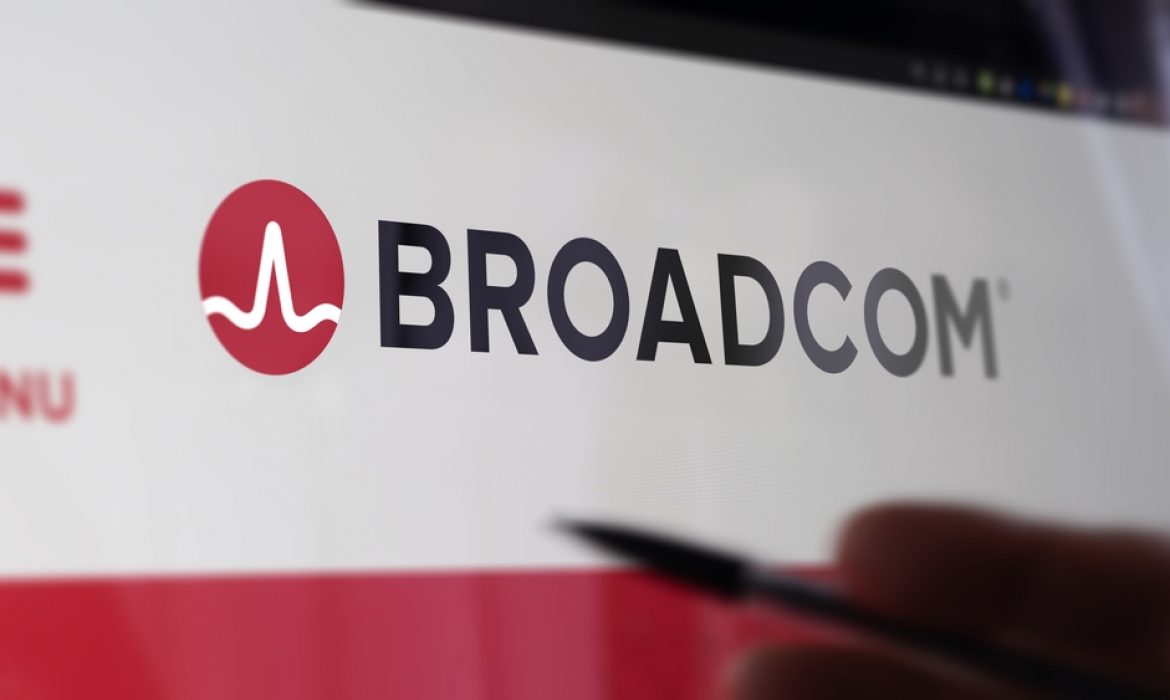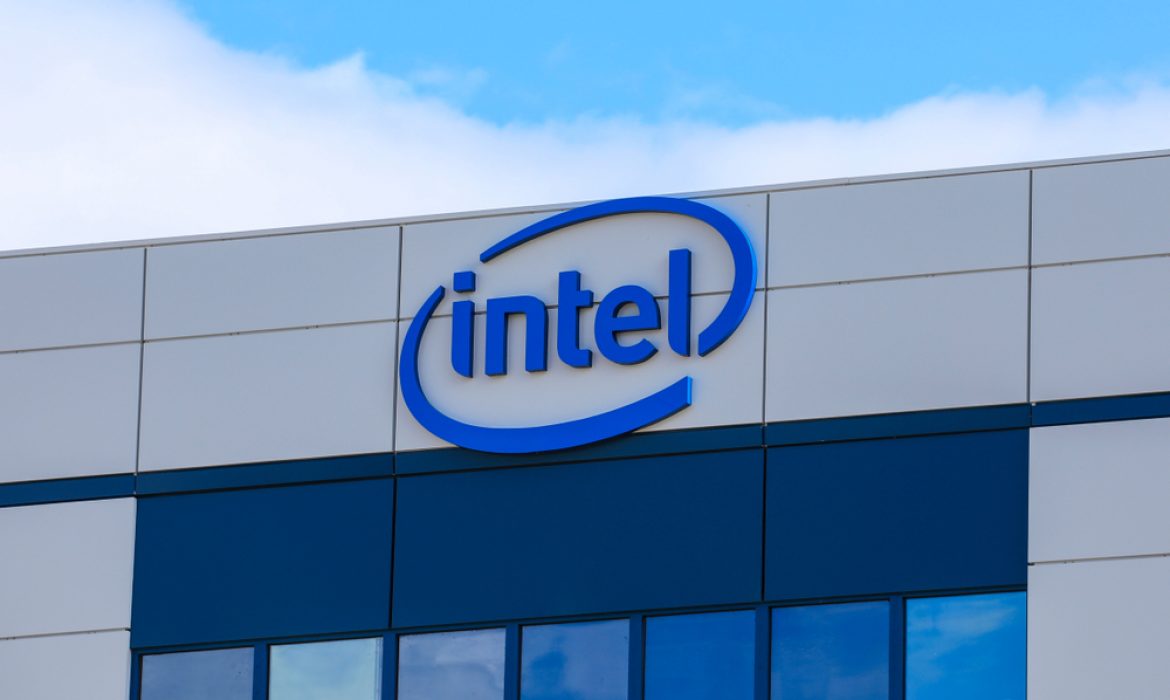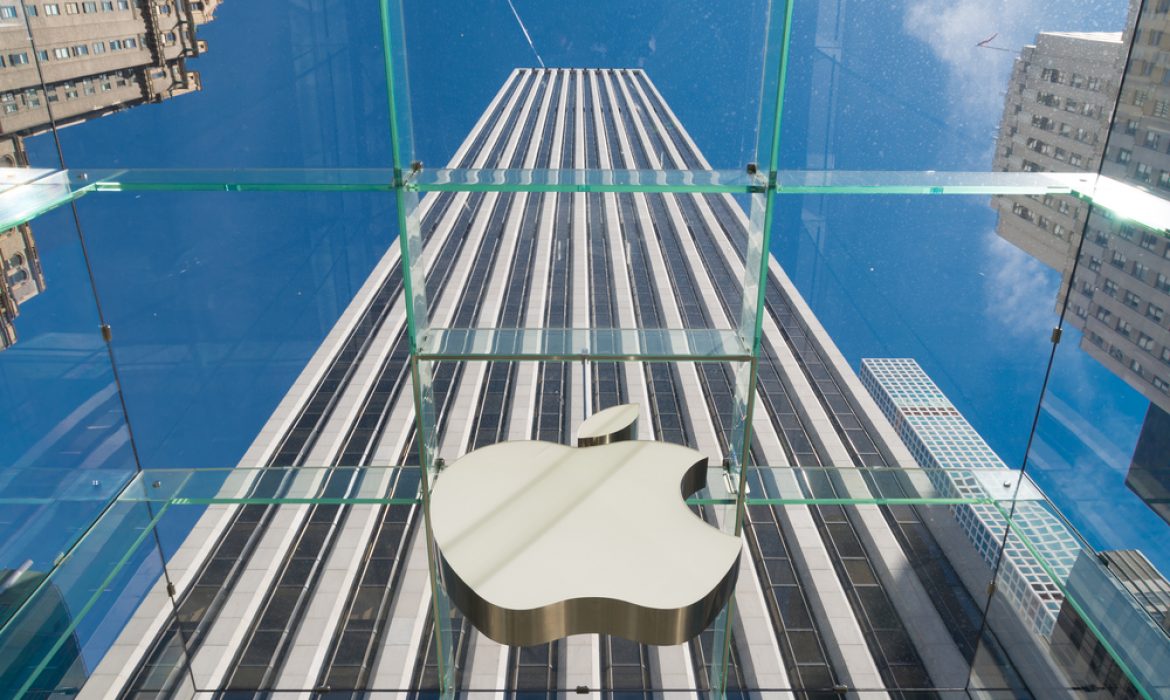Mixed results for Xbox: Device sales fall, while services and content thrive
Microsoft, the tech giant, has just reported a staggering $20 billion profit in its fiscal fourth quarter, exceeding market expectations by an impressive $2.69 per share compared to analysts’ predictions of $2.55. This robust performance comes as no surprise, given the corporation’s revenue surge of $56.2 billion for the April-June quarter, marking an 8% year-over-year increase, as reported by Fast Company.
What catapulted Microsoft to such success in the investment landscape? One of the key contributors is the company’s strategic focus on artificial intelligence. Microsoft CEO, Satya Nadella, has been vocal about their commitment to the next generation of AI platforms. By harnessing the power of generative AI tools, Microsoft has enabled users to effortlessly create text and generate images, revolutionizing the user experience. Notable products like OpenAI’s ChatGPT and the chatbot for Microsoft’s Bing search engine have further solidified their position in the AI market.
The cloud computing platform Azure has been another significant revenue driver, with the cloud division witnessing a remarkable 15% growth, amassing a revenue of $24 billion. The potential acquisition of game publisher Activision Blizzard for a staggering $69 billion is poised to fuel the growth of Microsoft’s gaming division, Xbox. Although the current situation in the gaming division is nuanced, with device sales down by 13%, revenue from services and content has grown by 5%, culminating in an overall growth of 1%.
Microsoft’s revenue stream from personal computers, based on licensed payments for the use of Windows OS, accounted for an impressive $13.9 billion in the quarter. Meanwhile, the company’s other software offerings, including the renowned Office suite, contributed significantly with a revenue of $18.3 billion.
Overall, Microsoft’s financial performance in the fiscal fourth quarter speaks volumes about their dedication to innovation and technological advancement. With a keen focus on artificial intelligence and cloud computing, the company continues to lead the way in the tech industry. As they forge ahead into the future, Microsoft’s ability to adapt, innovate, and meet customer demands will undoubtedly solidify their position as a true tech powerhouse on the global stage.
From 10% to 20%: EU Sets Ambitious Goal to Double Global Market Share in Semiconductors
In a significant move to bolster its position in the global semiconductor market, the European Union has given the green light to “The EU Chips Act,” a groundbreaking initiative that will see an astounding €43 billion investment in building semiconductor fabs across Europe. The aim is nothing short of doubling the EU’s current market share from 10% to an impressive 20% by the year 2030, propelling the semiconductor market past the momentous $1 trillion threshold.
This strategic act is not just about monetary investments; it holds the potential to transform Europe’s tech landscape in profound ways. The infusion of funds will create numerous job opportunities, fuel crucial research endeavors, and reduce Europe’s reliance on external sources, particularly China, for electronic components.
The EU Chips Act aligns with Intel’s own plans to establish fabs in Europe, underlining the region’s growing significance in the global semiconductor arena. Furthermore, various individual governments are also displaying their commitment by investing heavily in semiconductor manufacturing. Germany, for instance, recently confirmed a whopping €20 billion investment program in the industry, with additional fabs slated to emerge in Poland, Ireland, and other European nations.
This development is not a spur-of-the-moment decision; it emerges from a well-thought-out strategy outlined by the European Union a year ago, aiming to assert leadership in the semiconductor manufacturing domain. As a comparison, the United States previously passed the CHIPS Act, a similar initiative allocating a staggering $52 billion for the industry’s development.
Today marks a milestone for the EU Chips Act as it secures approval from the Council of the European Union. Now, it awaits the signature of the heads of the Council and the European Parliament before its official publication and implementation. The implications of this act cannot be overstated; it represents a powerful step towards solidifying Europe’s presence in the global semiconductor market and fostering innovation in the technology sector for years to come. With this ambitious investment and strategic vision, the European Union is poised to shape the future of the semiconductor industry and cement its position as a formidable player in the ever-evolving tech landscape.
Apple’s M3 Chip: A Revolutionary Leap in Mac Performance Expected in October
In a major tech revelation, Apple is gearing up to launch the first wave of Macs powered by its groundbreaking M3 processor in early October. According to renowned tech analyst Mark Gurman, these Macs are set to steal the spotlight after Apple’s annual event in September, which traditionally focuses on iPhone releases.
While high-performance MacBook Pros and desktops aren’t anticipated until later, the initial beneficiaries of the M3 chip are speculated to be the next iMac, 13-inch MacBook Air, and 13-inch MacBook Pro. Gurman’s insights suggest that Apple is in the final stages of developing two new iMac models, expected to feature the M3 chip’s impressive performance and power efficiency, facilitated by TSMC’s cutting-edge 3nm process technology.
Gurman’s predictions align with earlier reports from May, where he highlighted the M3’s robust configuration, boasting 12 compute cores and 18 graphics cores. This setup promises a significant leap in processing power and graphics capabilities, setting a new standard in Mac performance.
While Gurman’s insights focus primarily on Macs, he also shared tantalizing details about Apple’s plans for iPads. Although the imminent iPad update isn’t expected until next year, the prospect of an iPad Pro featuring the M3 chip and an OLED display has sent waves of anticipation through the tech community. Additionally, Apple is diligently working on refreshing the iPad Air, which currently houses an M1 chip, ensuring that their entire tablet lineup receives the transformative power of the M3 chip.
As the tech world eagerly awaits Apple’s October reveal, the M3 chip stands as a testament to Apple’s relentless pursuit of innovation, promising Mac and iPad users a future filled with unparalleled speed, efficiency, and capabilities. Stay tuned for what is poised to be a game-changing moment in the world of technology.
More Actions, More Variety: Unlock the Full Potential of Netflix with ‘My Netflix’
Netflix, the popular video streaming service, has recently unveiled a groundbreaking feature known as “My Netflix.” Designed for users with hectic schedules who struggle to find exciting series or movies, this new section within the mobile application (available on both iOS and Android) is a game-changer.
“My Netflix” serves as a personalized hub where all of the user’s activities are meticulously stored. From watched movies, shows, and series to downloads, playlists, trailers, and content liked by the user – everything is conveniently organized in one place. The goal of this new feature is to stimulate user activity, offering a diverse and accurate selection of content based on the individual’s actions.
The more users engage with the platform, the more dynamic and tailored their recommendations become. In essence, “My Netflix” functions similarly to a library on YouTube, presenting users with a curated collection of content that aligns with their preferences and viewing history.
The rollout of this feature has already begun on iOS devices, and Android users can expect to access it in early August. Netflix, boasting an impressive user base of over 230 million, continues to attract new subscribers through various strategies. Notably, the company’s crackdown on password sharing has proven fruitful, yielding an impressive 5.89 million new subscribers during the quarter, compared to the expected 1.76 million.
As Netflix continues to innovate and refine its platform, the introduction of “My Netflix” represents yet another step towards enhancing user experience and solidifying its position as a dominant force in the video streaming industry. The convenience and personalization offered by this new feature are likely to resonate with users, leading to even further growth for the streaming giant in the future.
Apple Macs Defy Market Downturn: IDC Reports 10.3% YoY Growth in Q2
In a surprising turn of events amid a challenging market landscape, Apple Mac sales have soared, defying the overall downturn in the second quarter of this year. According to the latest IDC statistics, Apple showcased an impressive year-on-year growth of 10.3%, making it the sole PC maker among the top five to achieve positive results during this period. The company’s remarkable performance has positioned Apple Macs as a formidable force, now holding 8.6% of the global market share.
During the second quarter alone, Apple shipped a staggering 5.3 million computers, showcasing a substantial increase from the 4.8 million shipped during the same quarter last year. Meanwhile, the total PC shipments experienced a worrisome decline of 13.4% year-on-year, plummeting from 71.1 million to 61.6 million units.
One key factor attributed to Apple’s remarkable growth is the unwavering loyalty of its Mac users. As the company continues to distance itself from Intel’s system logic, embracing a new era of innovation with the development of its own ARM processors, customers have embraced the change with open arms. The flagship Mac Pro now boasts the powerful M2 Ultra processor, a significant shift from its predecessors that were equipped with Intel processors.
This strategic move towards developing custom silicon has proven to be a game-changer for Apple, positioning the company as a trailblazer in the PC industry. While other major players like Lenovo, HP, Dell, and Acer experienced declines in growth, Apple’s resilience and adaptability have enabled it to buck the trend.
Acer, for instance, encountered a notable slowdown, experiencing a 19.2% decline in growth. On the other hand, HP managed to maintain a relatively stable position, with 13.4 million computers shipped, just slightly below the 13.5 million units recorded during the same period a year ago.
As Apple continues to forge its path with custom ARM processors and innovative technologies, the industry’s eyes are fixed on its future endeavors. The company’s focus on creating an exceptional user experience and advancing its ecosystem through cutting-edge hardware and software integration has clearly paid off.
The transition to M2 Ultra processors has not only enhanced the performance of Apple’s devices but has also solidified its reputation as a pioneer in the semiconductor space. By aligning its processors and systems, Apple has set the stage for even greater breakthroughs in the future, captivating its devoted user base and attracting new customers to the Mac ecosystem.
With its market share on the rise and competitors facing headwinds, Apple’s continued growth is indicative of the company’s steadfast commitment to innovation and customer satisfaction. The shift towards ARM processors has been a strategic move that reinforces Apple’s ability to steer its own course, enhancing its autonomy and competitive edge in the global market.
As the world embraces technological advancements and navigates through economic challenges, Apple’s thriving Mac sales stand as a testament to the company’s enduring appeal and its enduring impact on the PC industry. With the M2 Ultra processor at the heart of its flagship Mac Pro and a customer-centric approach, Apple’s journey towards excellence and success continues to captivate the tech world, setting new benchmarks for the industry as a whole.
Screen problems and bezel-less dreams: The journey to the launch of the iPhone 15
In a move that reflects their commitment to maintaining a stable supply amid challenging global conditions, Apple has reportedly ordered a staggering 85 million units of the highly anticipated iPhone 15 from suppliers. This number matches the production volume of last year’s iPhone 14 line, showing the company’s determination to navigate economic turbulence and declining smartphone sales.
As part of their strategy to bolster revenue, Apple is expected to attach a higher price tag to the Pro models, which will likely contribute to the overall success of the iPhone 15 line. Being the world’s largest company by capitalization, Apple’s production plans are meticulously followed, as they have a significant impact on several component manufacturers like Samsung, TSMC, Foxconn, LG, and others.
Initially, Apple had planned to sell 90 million iPhones in each of the past two years. However, unforeseen circumstances compelled them to adjust their targets. In 2021, a chip shortage led to reduced production, and in the following year, strict COVID-19 controls in China further affected output.
Unfortunately, not all aspects of the production process have been smooth sailing. Some of Apple’s partners encountered complications, forcing the company to reduce orders by approximately 2 million units. The issues primarily revolved around CMOS camera sensors for the base iPhones.
Furthermore, the iPhone 15 Pro and 15 Pro Max may face initial supply constraints due to manufacturing problems with LG’s screens. Apple’s ambition to create a bezel-less iPhone has contributed to this challenge.
In conclusion, Apple’s sizable order for the iPhone 15 underlines their determination to meet consumer demand and navigate a turbulent market. As their suppliers work diligently to fulfill these production goals, industry watchers eagerly anticipate the release of the latest iPhone line and its potential impact on the tech market.
Broadcom’s $61 Billion Acquisition of VMware Approved by EU, Ushering in New Era of Innovation
After months of scrutiny and antitrust investigations, US semiconductor giant Broadcom has received the long-awaited approval from the European Union to acquire leading virtualization technology developer VMware for an astounding $61 billion. The deal, financed by a 50/50 split of cash and Broadcom stock, positions Broadcom as a formidable player in the software business and sets the stage for potential industry-wide implications.
Broadcom’s purchase of VMware, announced in May 2022, marks a significant milestone in the world of technology mergers. While it falls slightly behind the current record holders, Dell and EMC ($67 billion) and the ongoing Microsoft/Activision Blizzard deal ($68.7 billion), it is nonetheless a monumental agreement. As the transaction nears completion, it is worth noting that Microsoft’s acquisition of Activision Blizzard is expected to close imminently.
The European Commission, after conducting a thorough investigation, concluded that Broadcom’s dominant market position posed limited opportunities for abuse. It determined that separate measures would ensure healthy competition in the future. The Commission found no evidence of Broadcom holding a “strong position” that could stifle competition in the networking and storage market. Additionally, Broadcom was not found to benefit from restricting collaboration with AMD and NVIDIA in any way.
The notion of VMware’s association with Broadcom software was deemed unrealistic. However, concerns were raised about Broadcom potentially limiting compatibility between Fibre Channel adapters and VMware products to undermine its rival, Marvell. To address this, the EU regulator has imposed a requirement for Broadcom to provide third-party companies with driver source code and tools to develop compatible Fibre Channel adapters. This measure ensures that companies can be confident their hardware will function seamlessly with VMware’s server virtualization technologies.
While Broadcom has obtained the necessary approvals from several countries, including Australia, Canada, and South Africa, it still faces reviews by two vigilant regulatory bodies—the US Federal Trade Commission (FTC) and the UK’s Competition and Markets Authority (CMA).
The significance of Broadcom’s acquisition of VMware cannot be overstated, especially considering the potential implications for the industry. VMware’s expertise in cloud computing and virtualization technology, coupled with Broadcom’s vast resources and semiconductor prowess, positions the merged entity to become a driving force in enterprise software organization and cloud computing. This deal has the potential to reshape the IT landscape and foster innovation on a grand scale.
Broadcom’s recent history of acquisitions showcases its strategic focus on expanding its portfolio. In 2018, the company acquired security and database software maker CA Technologies for $18.9 billion. A year later, Broadcom made headlines by acquiring Symantec’s enterprise security division for $10.7 billion, only to sell it to Accenture less than 12 months later. These moves, coupled with Broadcom’s successful chip integration in popular devices such as Apple and Google smartphones, further solidify the company’s position as a dominant player in the technology sector.
As the final approvals are sought from the US Federal Trade Commission and the UK’s Competition and Markets Authority, the completion of the Broadcom-VMware deal draws closer. The IT industry awaits the dawn of a new era, one that promises innovation, collaboration, and unprecedented growth driven by the combined expertise of these tech powerhouses.
London trial sheds light on teen hacking attacks
In a gripping trial unfolding in London, two teenagers, 18-year-old Arion Courtay and a 17-year-old whose identity remains undisclosed, stand accused of hacking into several prominent companies, including NVIDIA, Rockstar, and Uber. The charges against them encompass serious computer misuse, blackmail, and fraud, while their alleged affiliation with the hacker group Lapsus$ adds another layer of complexity to the case. Prosecutors claim that Courtay, along with his co-conspirators, orchestrated a series of cyber intrusions into the systems of Revolut, Uber, and Rockstar Games in September of last year. It is noteworthy that Courtay was already out on bail for unrelated charges at the time of these alleged offenses.
The prosecution asserts that Courtay, along with other unidentified members of Lapsus$, was responsible for stealing commercial code and video content from the latest installment of the highly popular Grand Theft Auto game. In an audacious move, Courtay allegedly posed as a contractor for the company, attempting to hack their systems and engaging in blackmail for a reward.
A significant twist in the trial occurred when Courtay was deemed medically unfit to stand trial. This means that the jury will determine whether he is responsible for the alleged crimes rather than finding him guilty. If found responsible, Courtay will avoid imprisonment. The trial is expected to span eight weeks. In a separate development, Courtay’s 17-year-old accomplice has already pleaded guilty to some of the charges brought against them.
Among the charges is the joint hacking of NVIDIA. In February 2022, the accused individuals gained control of the accounts belonging to two contractors, successfully breaching the company’s security and accessing confidential data, including highly valuable software secrets. The hackers managed to pilfer nearly a terabyte of data from NVIDIA, releasing a portion of it publicly and issuing threats to release the remainder unless a ransom payment was made.
Prosecutors claim that the police were able to establish a connection between the accused teenagers and the hacking incidents through a comprehensive investigation, relying on evidence such as IP addresses, emails, mobile devices, and Telegram accounts. The youths’ penchant for boasting about their hacking exploits online further bolstered the case against them. While Courtay has been described as “highly competent and even brilliant,” his youthful indiscretion led him to succumb to the temptation of bragging about his activities.
As the trial continues, the court will meticulously examine the evidence presented, including the digital trails left behind by the defendants and their alleged involvement in the crimes. The outcome of this trial not only holds consequences for the accused individuals but also sheds light on the pressing challenges posed by cybercrime and the legal measures required to address it effectively.
Israel’s Tech Industry Set to Soar as Intel Pours $25 Billion into New Semiconductor Factory
Intel announced its plans to build semiconductor fabs in Germany, Israel and Poland, sending shockwaves throughout the technology industry. The investment in Germany will be $33 billion, Israel $25 billion, and Poland $5 billion. Intel’s ambitious endeavor is designed to strengthen its presence in Europe and help turn the continent into a “semiconductor superpower.”
The contract signed between Intel and Germany lays the groundwork for revolutionary advances. The agreement calls for investments totaling $33 billion, with at least two factories to be built at Intel’s site near Magdeburg. These state-of-the-art factories will produce chips using more advanced technology than previously planned, although specific details of the manufacturing process have not yet been disclosed. However, Intel has said that the technology will be from the angstrom era and will have an impressive 18-20A scale. This bold move underscores Intel’s commitment to pushing the boundaries of innovation.
To support this ambitious project, a €10 billion government subsidy has been agreed, subject to approval by the European Union. This significant stimulus package underscores the European Union’s commitment to promoting technological growth and self-sufficiency in the semiconductor industry. The first facility is expected to be fully operational within the next 4-5 years, marking a new era of chip manufacturing in Germany.
Meanwhile, Poland is looking forward to its own significant project. With an investment of €4.6 billion, Intel plans to establish a semiconductor assembly and test plant in Wroclaw. This massive facility will employ 2,000 people and is expected to be completed by 2027. Design and planning will begin immediately, and construction will begin after authorization from the European Commission. Poland’s anticipation of this groundbreaking project reflects its growing importance in the global semiconductor landscape.
Intel’s plans to expand manufacturing in Europe are part of a comprehensive global strategy to strengthen infrastructure on the continent. This strategic move is fully in line with the European Union’s ambition to become a semiconductor powerhouse and achieve self-sufficiency in the production of critical electronic components. Intel’s broader strategy includes the establishment of a research, development and design center in France, as well as lithography and end-production facilities in Ireland, Italy, Poland, Spain and other countries. These endeavors reaffirm Intel’s commitment to fostering innovation and technological advancement in Europe.
Israel is also poised to benefit significantly from Intel’s extensive plans. The company intends to invest $25 billion to expand its Kiryat Gat plant, marking a new era of technological growth in the country. According to Prime Minister Benjamin Netanyahu, the investment will create thousands of jobs and strengthen Israel’s position as a global technology center. As part of the agreement, Intel’s tax rate will be raised to 7.5% from the current 5%, signaling the Israeli government’s commitment to creating a business-friendly environment.
Intel’s ambitious plan to build semiconductor plants in Germany, Israel and Poland is a testament to its continued commitment to technological advancement. The company’s multi-billion dollar investments are not only revitalizing the European semiconductor landscape, but also helping to realize the ambitious goals of the European Union. As Intel’s global strategy takes shape, the world looks forward to the transformative impact it will have on the future of the semiconductor industry.
Breaking Boundaries: Apple’s Shares Soar, Propelling the Tech Giant to New Heights
In a stunning comeback, Apple Inc. reached an important milestone, rising to an all-time high for the first time in a year. The achievement demonstrates how the tech giant has regained its dominance in the industry, according to a Bloomberg report.
Apple stock rose 1.6 percent to a closing price of $183.79. This is a historic moment for the company, as it has now surpassed its previous record set back in January 2022. The catalyst for this achievement was Apple’s recent launch of the Vision Pro mixed reality headset, a revolutionary innovation that has captivated investors and consumers alike.
In 2023, Apple stock soared 41 percent. This growth outpaces the 35 percent increase in the Nasdaq 100 Index, reinforcing Apple’s position as a prominent player in the market. Wayne Kaufman, chief market analyst at Phoenix Financial Services, attributed Apple’s success to several factors, saying, “Apple has a roadmap that people like, it has incredible cash flow, and you can’t do better than this incredible business model.”
The resurgence of Apple stock signals a surprising turnaround after a period of uncertainty in the market. Kaufman went on to explain that investors are now regaining confidence after a bear market, and Apple is one of those stocks that investors can safely own whether it’s on an upward or downward trajectory. The company’s long-term prospects, according to Kaufman, instill faith in investors who believe their investments will eventually pay off.
Apple’s success is emblematic of its ability to adapt and innovate in an ever-evolving technological landscape. With a portfolio of products and services that resonate with consumers around the world, the company has earned trust and loyalty. Its commitment to cutting-edge technology and strong financial performance have undoubtedly helped revive confidence in its stock.
As we watch the amazing resurgence of Apple Inc., we see that it serves as a reminder of the resilience and potential of major technology companies. Apple’s triumph is not only a testament to its own success, but also an indicator of the ability of the industry as a whole to recover. Through its visionary leadership and unwavering commitment to excellence, Apple has proven that it remains a force to be reckoned with.
Tonight the bell has rung, and Apple stands tall. The tech giant once again reminded us why it remains a dominant player in the marketplace. As we bid it farewell, we look forward to seeing what the future holds for Apple Inc. and what revolutionary innovations it will bring to the world.
